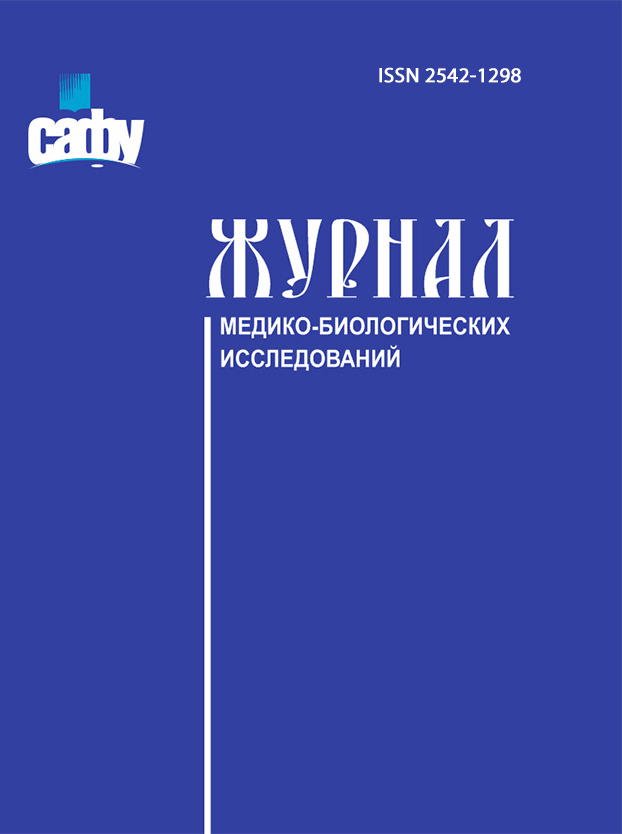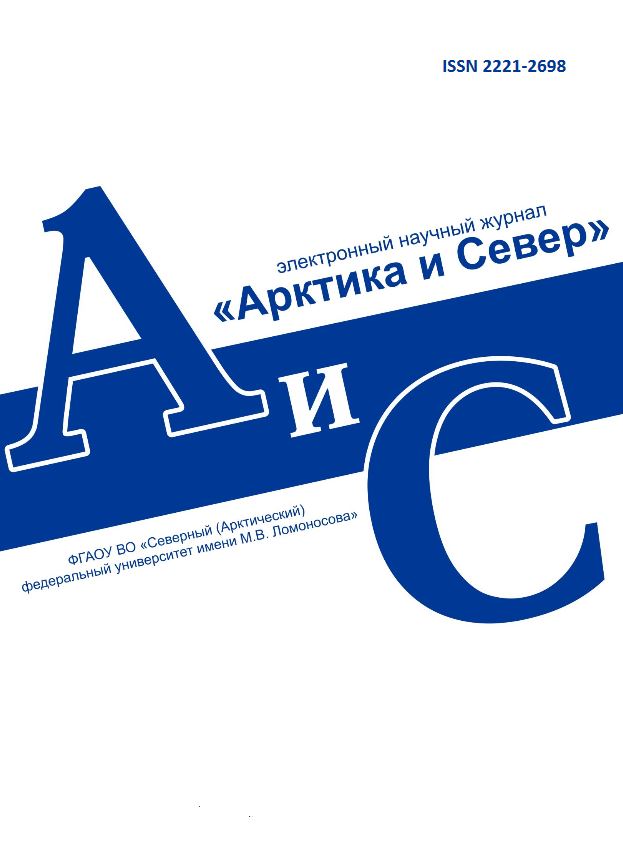
Vestnik of Northern (Arctic) Federal University.
Series "Humanitarian and Social Sciences"
ISSN 2227-6564 e-ISSN 2687-1505 DOI:10.37482/2687-1505
Legal and postal addresses of the founder and publisher: Northern (Arctic) Federal University named after M.V. Lomonosov, Naberezhnaya Severnoy Dviny, 17, Arkhangelsk, 163002, Russian Federation Editorial office address: Vestnik of Northern (Arctic) Federal University. Series "Humanitarian and Social Sciences", 56 ul. Uritskogo, Arkhangelsk
Phone: (8182) 21-61-20, ext. 18-20 ABOUT JOURNAL |
Section: Linguistics Download (pdf, 0.4MB )UDC81’255.2DOI10.37482/2687-1505-V406AuthorsMariya V. DorofeevaLecturer, Scientific and Educational Centre “Integrative Translation Studies in the Subarctic Region”, Northern (Arctic) Federal University named after M.V. Lomonosov (address: nab. Severnoy Dviny 17, Arkhangelsk, 163002, Russia). e-mail: malarie@yandex.ru, ORCID: https://orcid.org/0009-0009-0639-6935 AbstractThe article presents the findings of the study on deontic modality in the literary works by authors of the Russian North (F. Abramov, V. Lichutin, B. Shergin and S. Pisakhov) compared with their English translations. The research obtained a sample of microcontexts in which a deontic utterance has the form of an indicative sentence containing an explicit deontic lexeme both in the original text and in the translation. Further, a statistical analysis was performed, determining the frequency of use of various English deontic lexemes by translators when rendering Russian deontic lexemes most commonly occurring in the original texts. The results obtained were compared with the data on the frequency of matches between Russian and English deontic lexemes, determined by a similar analysis that used a chronologically diverse selection of Russian-English dictionaries as the source material (the publication date range of the dictionaries roughly corresponds to that of the English translations of the literary works under study). Having compared the frequency of use of correlating deontic lexemes in published translations and lexicographic sources, the author draws a conclusion about the influence of the translators’ interpretations of various communicative situations on the choice of a particular deontic lexeme during the translation process. In addition, the article provides an analysis of identified microcontexts containing deontic lexemes based on the ‘deontic source’ and ‘target subject’ criteria, along with a brief review of the theoretical sources that formed the modern understanding of deontic modality within linguistics.Keywordsdeontic modality, deontic situation, deontic lexeme, literary translation, translation equivalence, translator’s interpretation, literature of the Russian NorthReferences
|
Make a Submission
INDEXED IN:
|
Продолжая просмотр сайта, я соглашаюсь с использованием файлов cookie владельцем сайта в соответствии с Политикой в отношении файлов cookie, в том числе на передачу данных, указанных в Политике, третьим лицам (статистическим службам сети Интернет).






